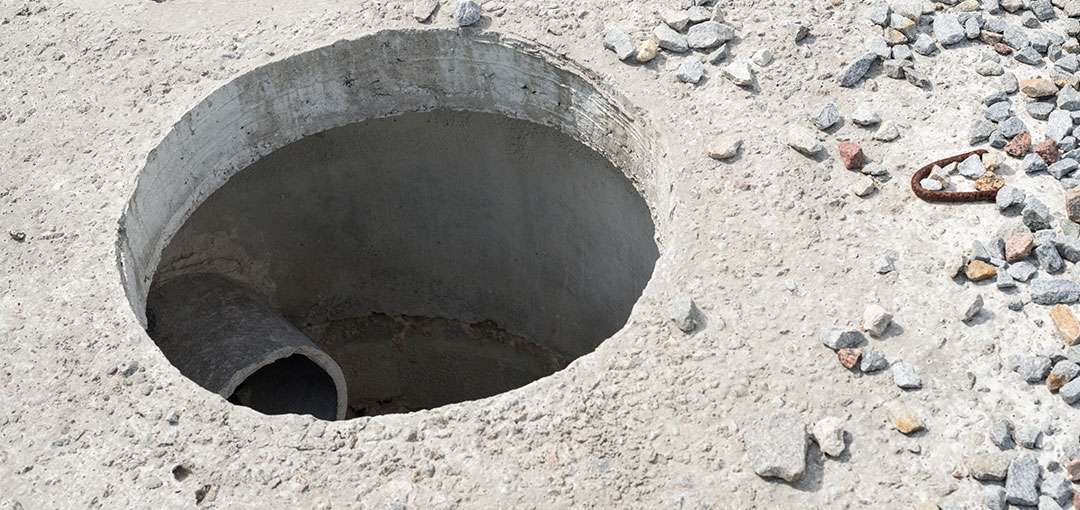OSHA’s Definition Of Confined Spaces In Construction
OSHA’s Definition Of Confined Spaces In Construction
April 5, 2023 |
Confined spaces in construction can be dangerous. They are small and often contain hazardous materials, such as chemicals or electricity. If you enter a confined space, there’s a good chance that you will not be able to get out quickly in the event of an emergency. This is why OSHA requires all construction workers to follow specific safety rules when working in confined spaces.
To work safely in a confined space, you must first understand what “confined” means in the context. A permit-required confined space has an additional risk of exposure to hazardous conditions, like oxygen deficiency or toxic gases.
What Is a Confined Space?
A confined space is any area with limited or restricted access which may be dangerous to enter. These spaces range in size from small areas (such as crawl spaces) to huge ones (like cargo holds). Confined spaces may also contain harmful atmospheric conditions such as toxic gases or high concentrations of airborne particles, making it essential for workers who enter them to be aware of the risks involved.
OSHA defines a confined space as: “A workplace having limited openings for entry and exit; poor ventilation; unfavorable atmospheric conditions; little or no fire protection; little or no means of escape from within the space in case of emergency.”
The characteristics of a confined space depend on its shape and size, as well as whether it’s enclosed or unenclosed. Enclosed spaces are those with walls around them, so there is no way out except through an opening – a door leading into another room. These areas pose the greatest risk for injury due to the lack of oxygen needed for proper breathing activity by workers inside them.
In addition to having limited dimensions, there are several other characteristics that define whether or not an environment is considered a confined space:
The first feature is limited openings for entry and exit: There are only a few ways to enter or exit the space, making it more difficult for workers to get out in an emergency. For example, you may climb over equipment or squeeze between two walls to exit your confined space. The small number of openings also makes it easier for contaminants like dust particles and gases to build up inside the confined space because they’re not constantly circulated by fresh air coming in through open areas like doors or windows. The employer must ensure that all employees working in the confined space are properly trained in health hazards associated with their work, how to recognize those hazards, how to protect themselves from harm, and how to respond if something goes wrong such as a fire.
Any other recognized serious safety or health hazard: A “serious safety or health hazard” is any other recognized serious safety or health hazard. Examples of such hazards include:
- Confined spaces not enclosed by bulkheads or similar devices, which prevent ingress by unauthorized persons and are not equipped with an air-supply system.
- Confined spaces that do not have adequate ventilation to prevent the accumulation of hazardous airborne contaminants within the space. Such contaminants may be caused by chemical reactions between materials stored within a confined space and oxygen in the air flowing into it; they also may be caused by decomposition products generated when organic matter is exposed to moisture or heat (e.g., mold).
The final feature is having a hazardous atmosphere: A confined space is considered to have a hazardous atmosphere if it has an oxygen level of less than 19.5% or an immediately dangerous to life or health (IDLH) concentration of any material that could cause death or serious physical harm if inhaled. In addition, other gases, vapors, or dust can be present in the air, which may not be immediately fatal but can still cause serious health problems such as respiratory disease or cancer after long-term exposure at lower levels.
The presence of any one of the aforementioned conditions makes it necessary for these OSHA regulations to be followed when working in a confined space:
- The space must be tested for oxygen levels and hazardous materials before anyone enters. This can be done with an air monitor or other means, but it must be done before any workers enter the space.
- Anyone entering a confined space must have specific training in proper entry procedures (such as using equipment such as ropes and harnesses) before doing so.
- Anyone entering a confined space must be adequately equipped for the environment, such as wearing gas masks or respirators.
- All entry and exit points must be clearly marked to prevent confusion about where people enter and leave the space.
Conclusion
We hope this article has helped you understand what a confined space in construction is and how OSHA regulations can help protect workers. It’s important to remember that confined spaces are sometimes more obvious than they seem, so if you think there may be one on your job site, ensure all workers know about it and follow proper safety procedures before entering.
